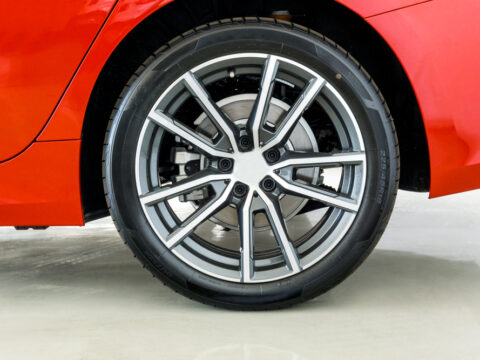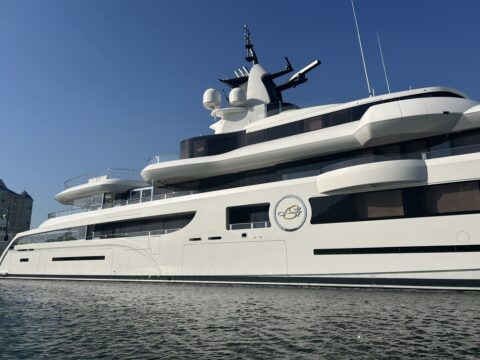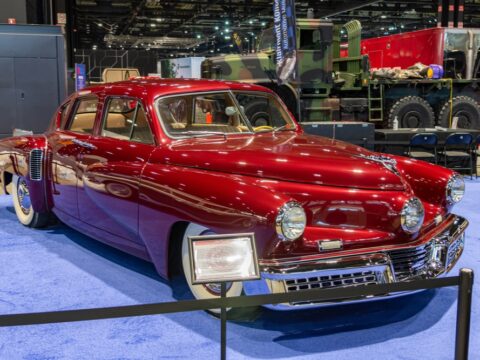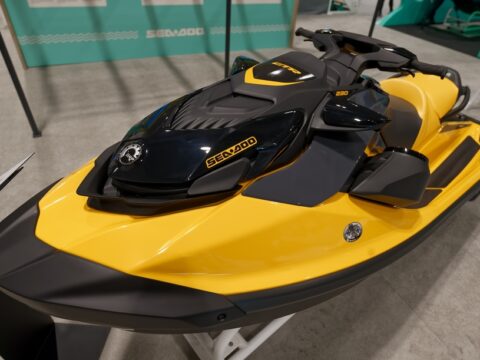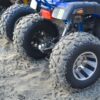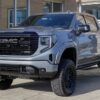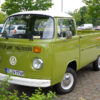Convertibles have long been a symbol of freedom and fun on the open road, but they also come with a lot of misconceptions. From concerns about safety to misunderstandings about their practicality, there are many myths that need to be debunked. In this article, we’ll tackle the top 17 convertible myths you need to stop believing, so you can separate fact from fiction and enjoy the ride with confidence.
Contents
Convertibles are less safe than hardtops.
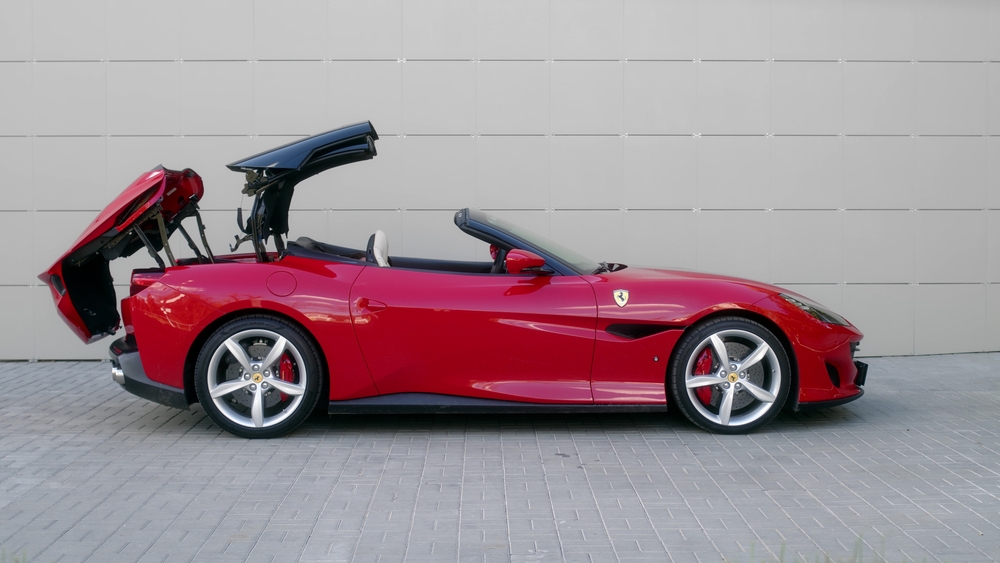
Many people believe convertibles are inherently less safe due to their lack of a fixed roof. However, modern convertibles are equipped with advanced safety features, such as reinforced A-pillars, rollover protection systems, and side-impact airbags. Safety ratings for many convertibles are comparable to their hardtop counterparts, debunking the myth that convertibles compromise on safety.
Convertibles are only for warm climates.
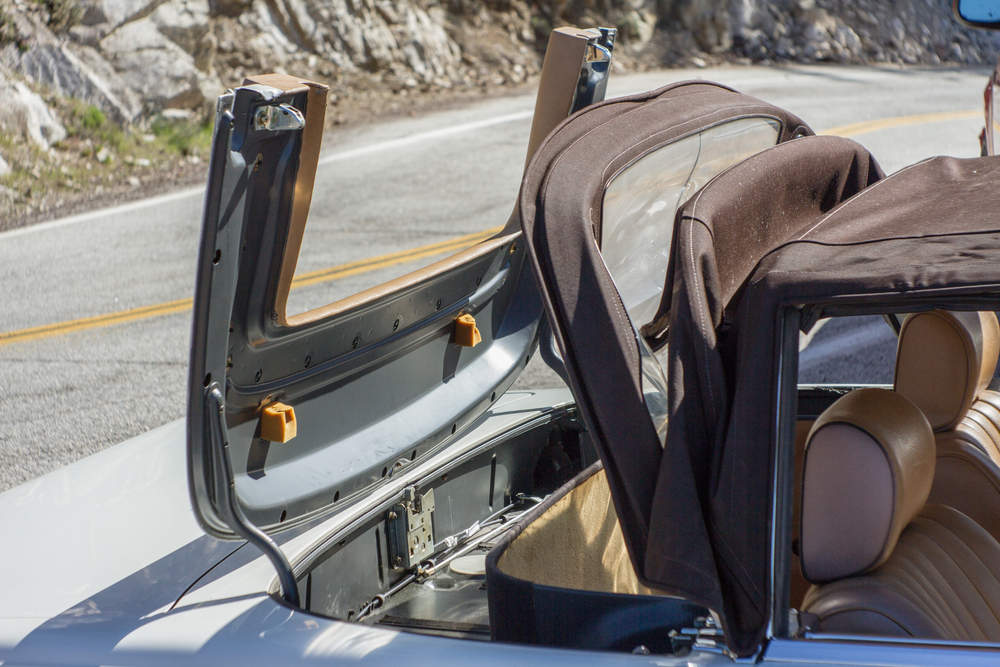
While convertibles are often associated with sunny weather, modern convertibles are designed to be all-season vehicles. Features like insulated, weatherproof soft tops or retractable hardtops, heated seats, and advanced climate control systems make them suitable for cold and wet climates as well.
Convertibles are impractical for daily use.
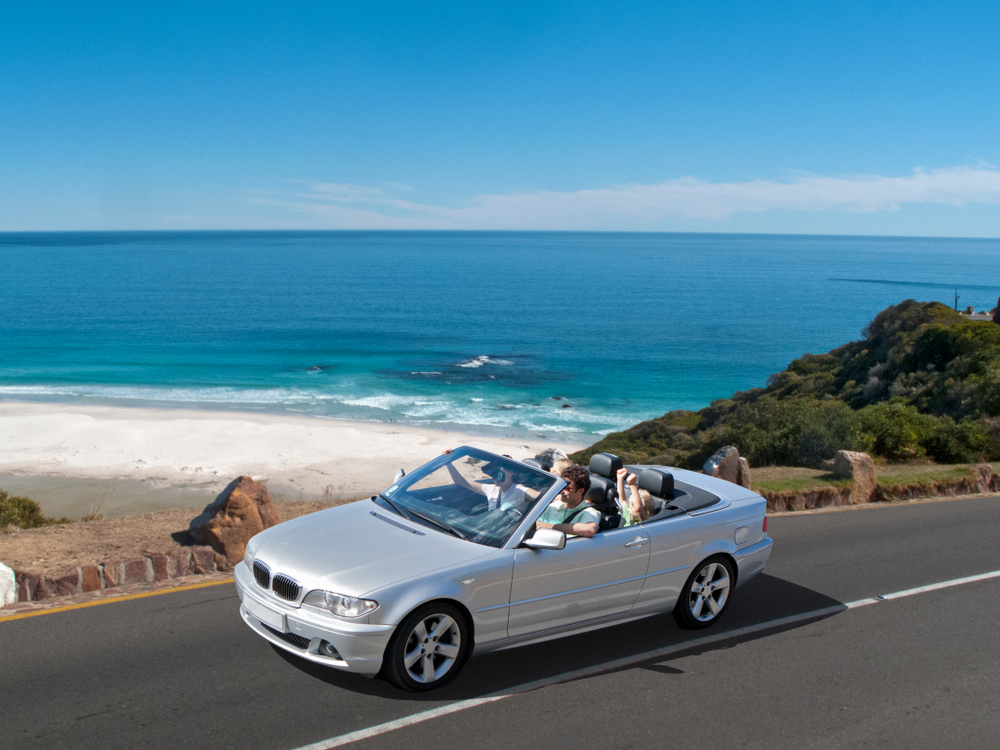
Contrary to popular belief, convertibles can be practical for everyday use. Many models offer ample trunk space, comfortable seating, and modern conveniences like Bluetooth connectivity, navigation systems, and advanced driver-assistance features. The versatility of modern convertibles makes them well-suited for daily commuting.
Convertible tops leak during rainstorms.
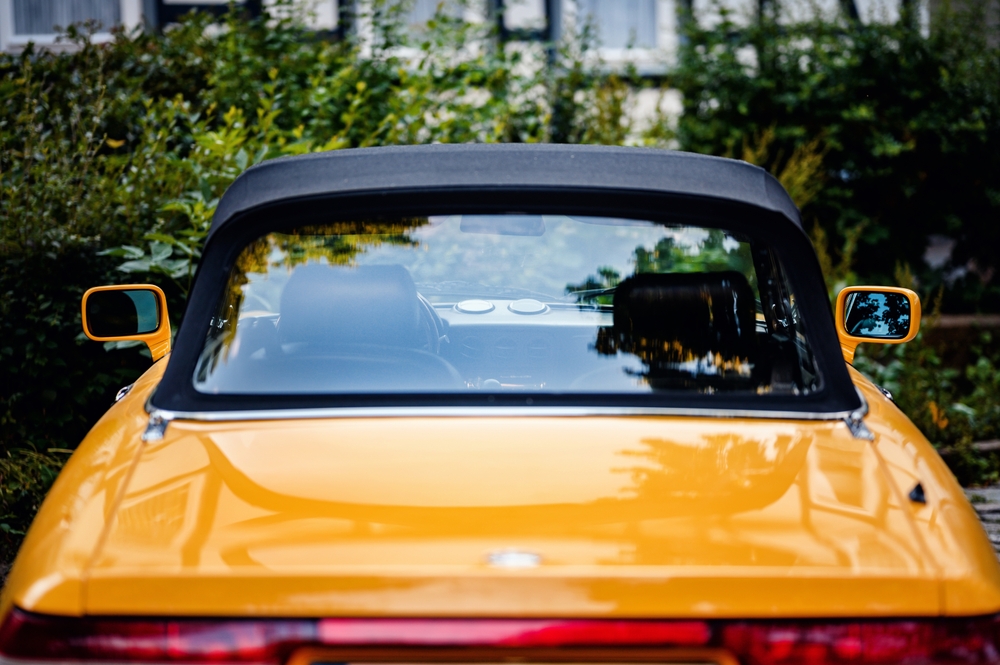
Advancements in convertible top materials and sealing technologies have significantly reduced the risk of leaks. Modern convertibles use high-quality fabric or metal tops with precision-engineered seals to ensure they remain watertight even during heavy rainstorms, making this myth outdated.
Convertibles have poor visibility with the top up.

Improvements in convertible design have addressed visibility concerns. Modern convertibles feature larger rear windows, better rearview mirrors, and advanced blind-spot monitoring systems, ensuring good visibility even with the top up. Additionally, many retractable hardtops do not compromise visibility at all.
Convertible roofs are hard to maintain.
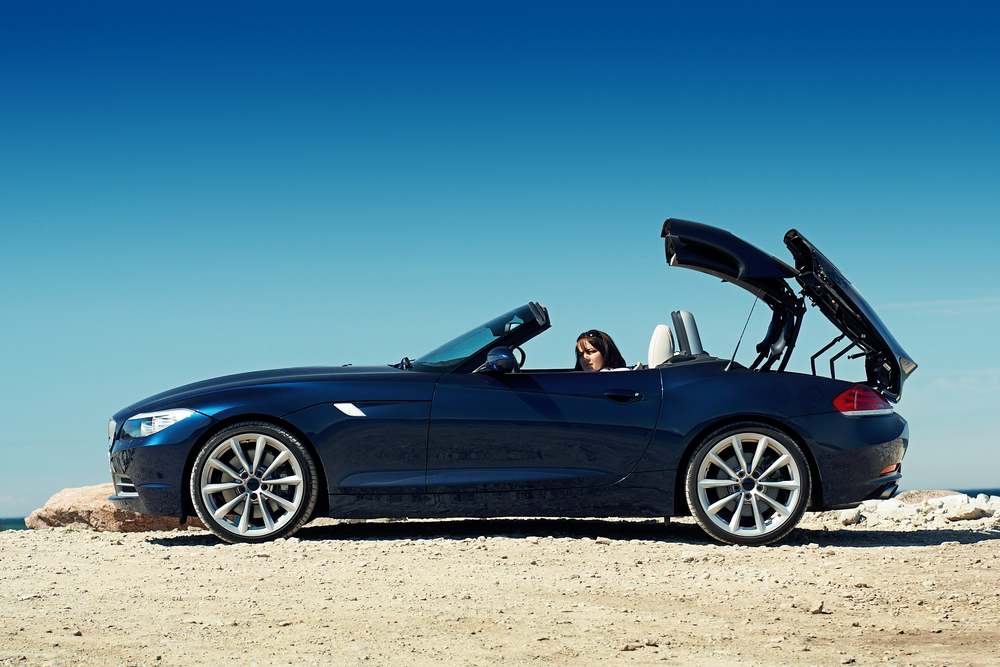
Today’s convertible tops are made from durable, weather-resistant materials that require minimal maintenance. Regular cleaning and occasional conditioning of fabric tops are usually sufficient to keep them in good condition. Automated retractable hardtops require even less upkeep, debunking the myth of high maintenance.
Convertibles are noisier than hardtops.
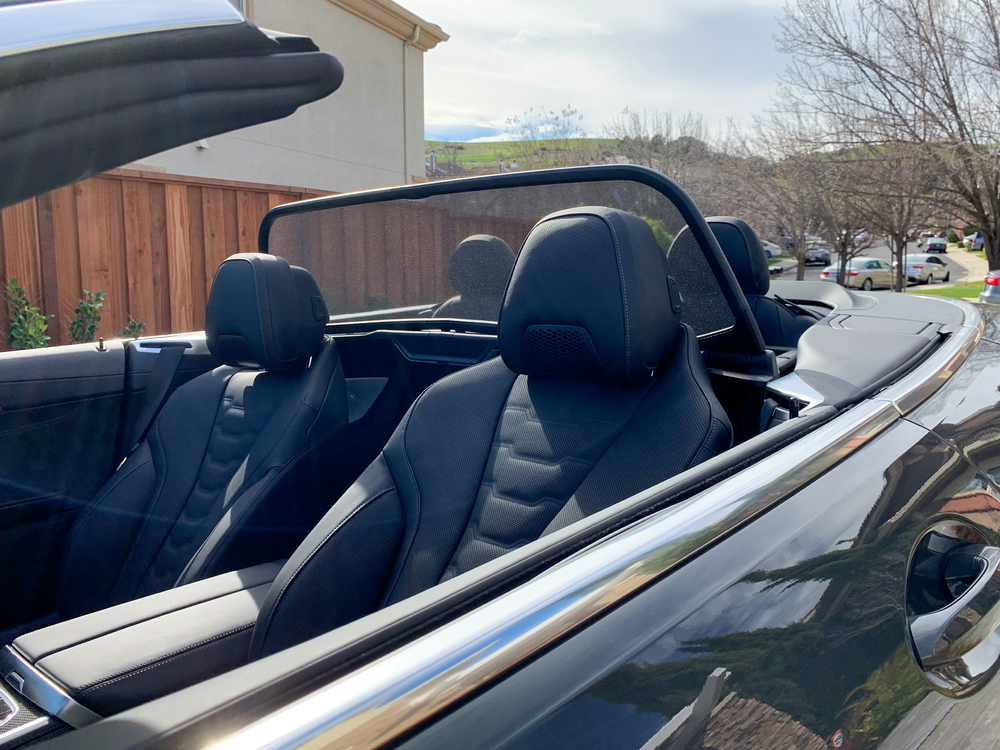
Modern convertibles are equipped with noise-reducing technologies, such as sound-deadening materials and insulated tops, which significantly reduce cabin noise. While some wind noise is inevitable with the top down, the difference in noise levels with the top up is minimal compared to hardtops.
Convertibles are only for sports cars.
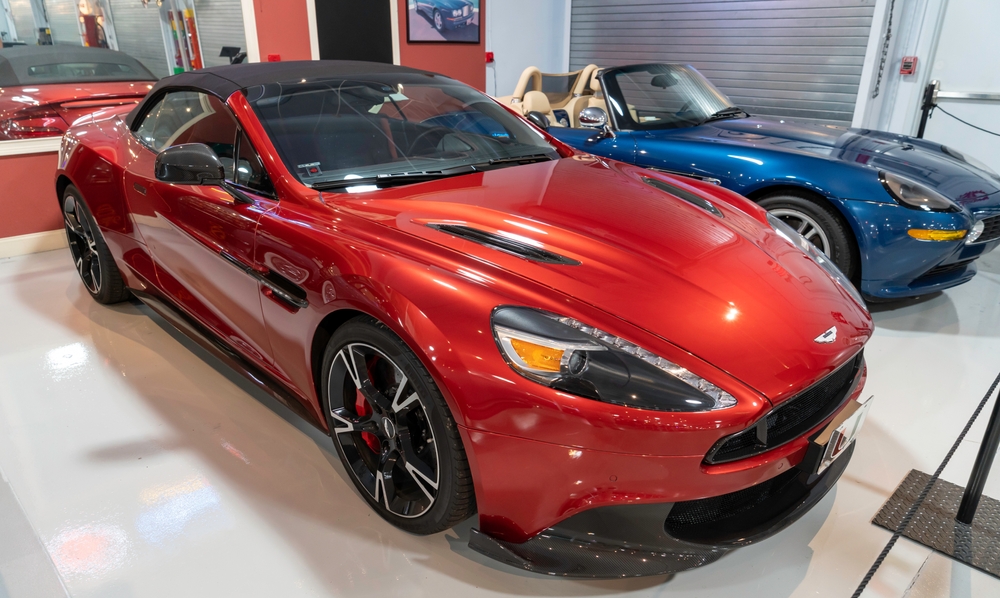
While convertibles are popular in the sports car segment, they are also available in various other categories, including sedans, SUVs, and luxury cars. This diversity means there is a convertible to suit different tastes and needs, making them accessible beyond just sports car enthusiasts.
Convertibles are more expensive to insure.

Insurance premiums for convertibles are not necessarily higher than those for hardtops. Insurance rates depend on various factors, including the make and model of the vehicle, the driver’s history, and the car’s safety features. Many convertibles have competitive insurance rates, debunking this myth.
Convertible tops are easily damaged.
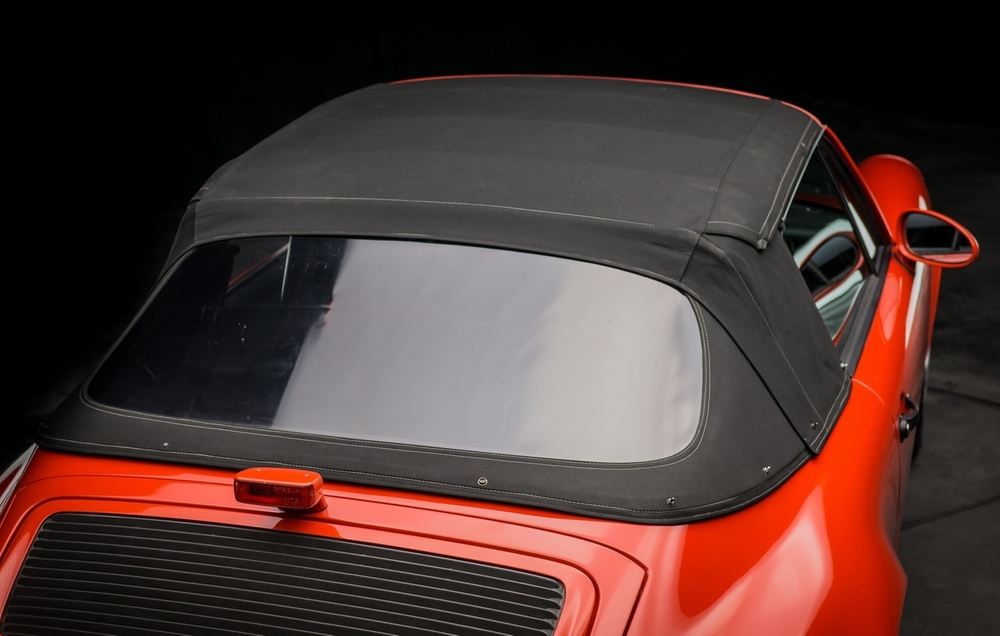
Modern convertible tops are built to withstand the elements and regular use. High-quality materials like triple-layer fabrics and robust retractable mechanisms ensure durability and longevity. With proper care, convertible tops are no more susceptible to damage than any other car component.
Convertibles are not suitable for families.

Several convertibles offer spacious back seats and ample trunk space, making them suitable for families. Models like the Ford Mustang Convertible and the Audi A5 Cabriolet provide practical solutions for family outings while still offering the convertible experience.
Convertibles are less comfortable.
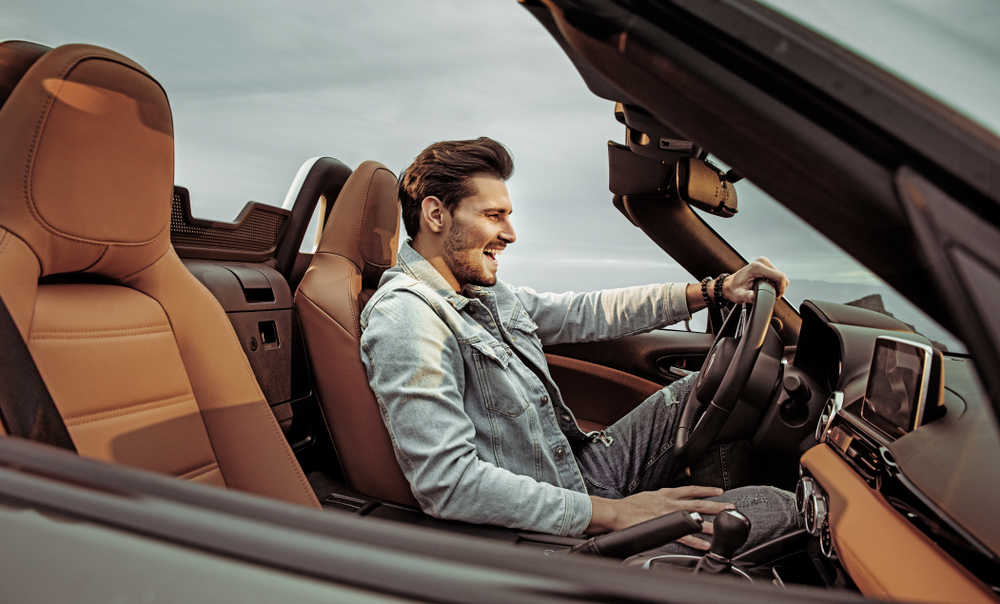
Modern convertibles are designed with comfort in mind. Features like supportive seating, advanced climate control, and high-quality interiors ensure a comfortable ride. The suspension and chassis tuning in many convertibles are also optimized for comfort, debunking the myth of discomfort.
Convertibles have small trunks and limited cargo space.
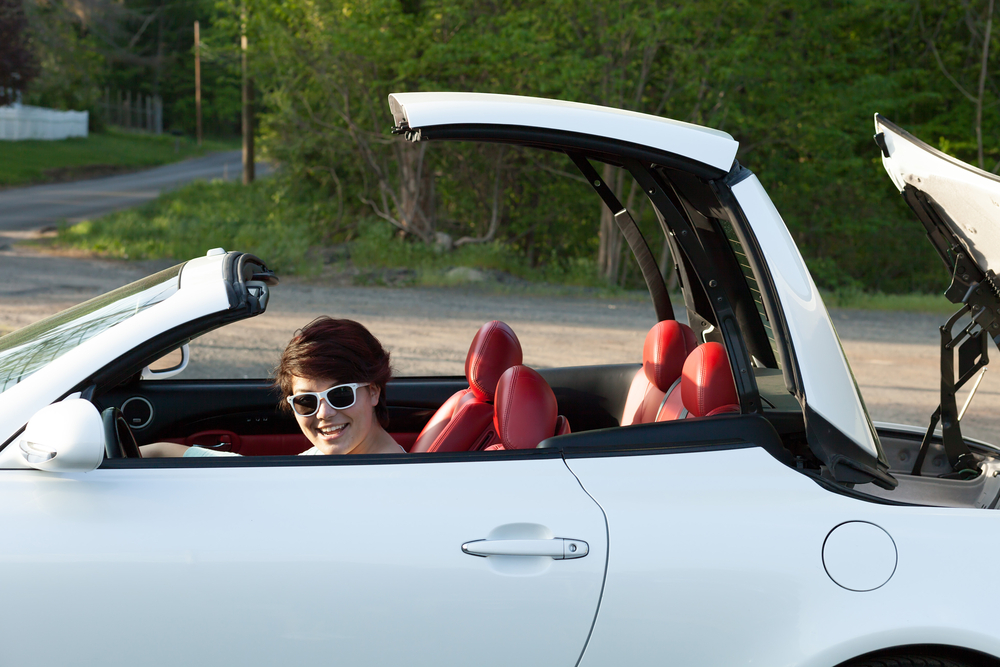
While some convertibles may have smaller trunks due to space taken up by the folded roof, many offer innovative solutions to maximize cargo space. Additionally, several models, especially those with retractable hardtops, provide adequate trunk space even with the top down.
Convertibles are not reliable in winter.
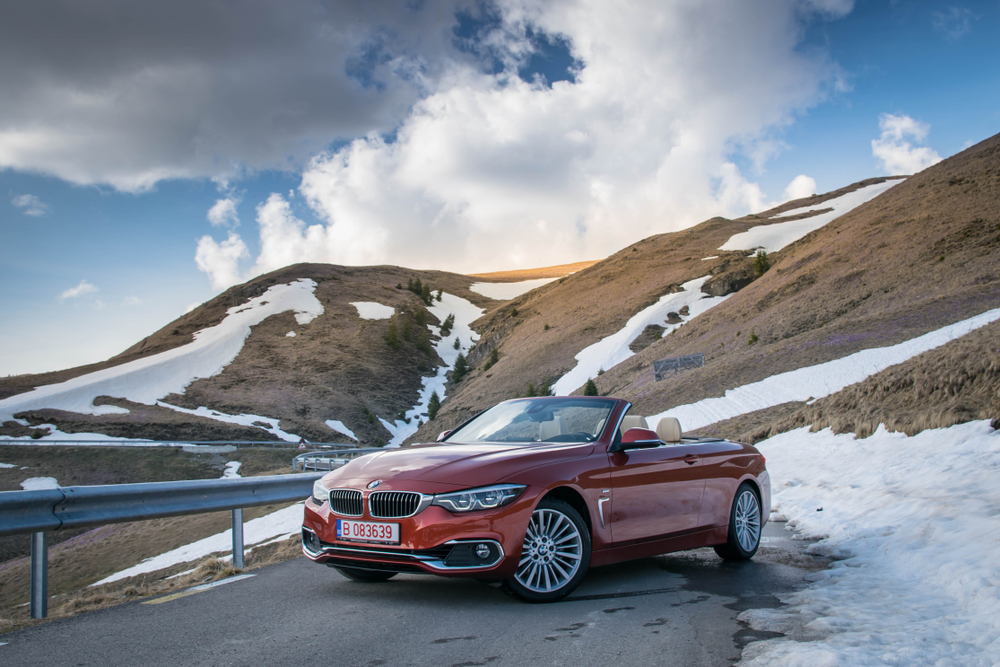
With features like heated seats, insulated tops, and advanced traction control systems, modern convertibles are reliable in winter conditions. Some convertibles also come with all-wheel drive, enhancing their performance in snow and ice, making them viable year-round vehicles.
Convertibles are only for the wealthy.
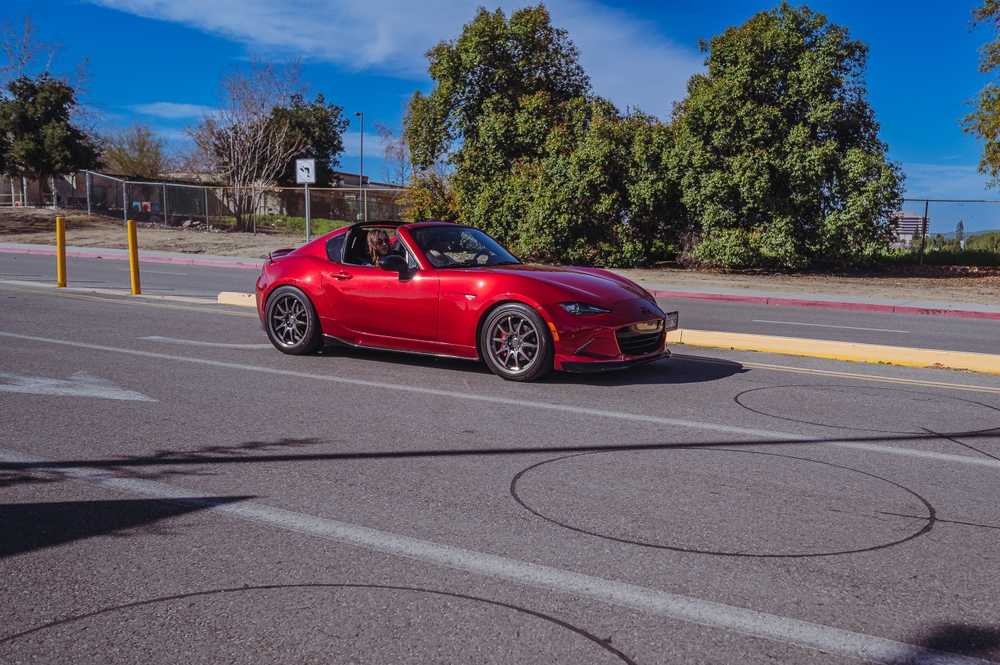
The market offers a wide range of convertibles at various price points, from affordable models like the Mazda MX-5 Miata to luxury options like the Mercedes-Benz S-Class Cabriolet. This variety ensures that there is a convertible to fit different budgets, debunking the myth that they are only for the wealthy.
Convertible tops are difficult to operate.
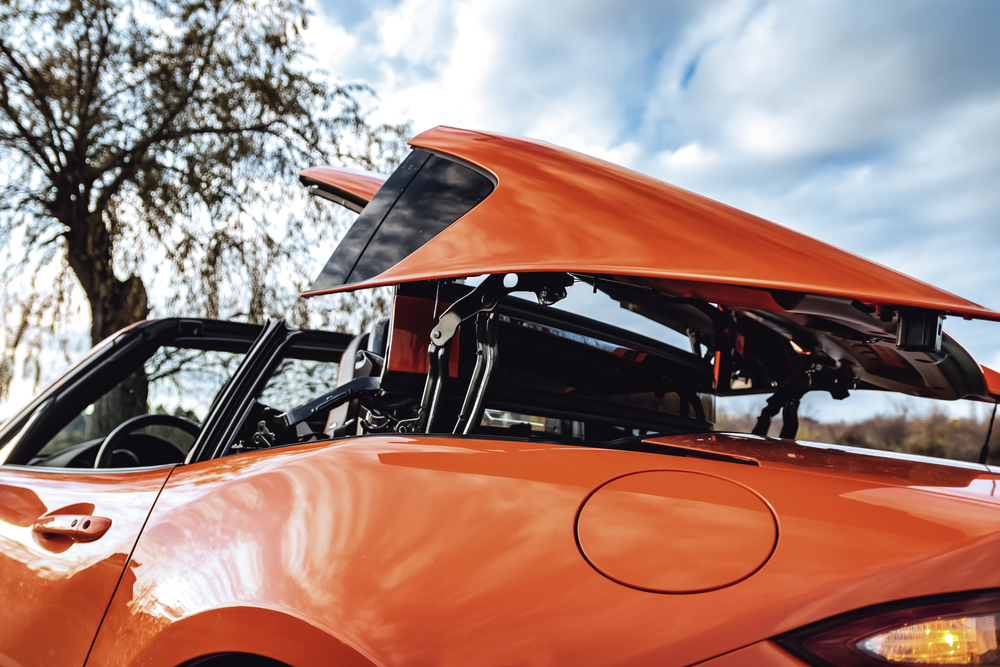
Modern convertibles feature automated tops that can be raised or lowered with the push of a button. These mechanisms are designed for ease of use, often allowing operation at low speeds, making the process quick and convenient.
Convertibles have worse performance due to added weight.
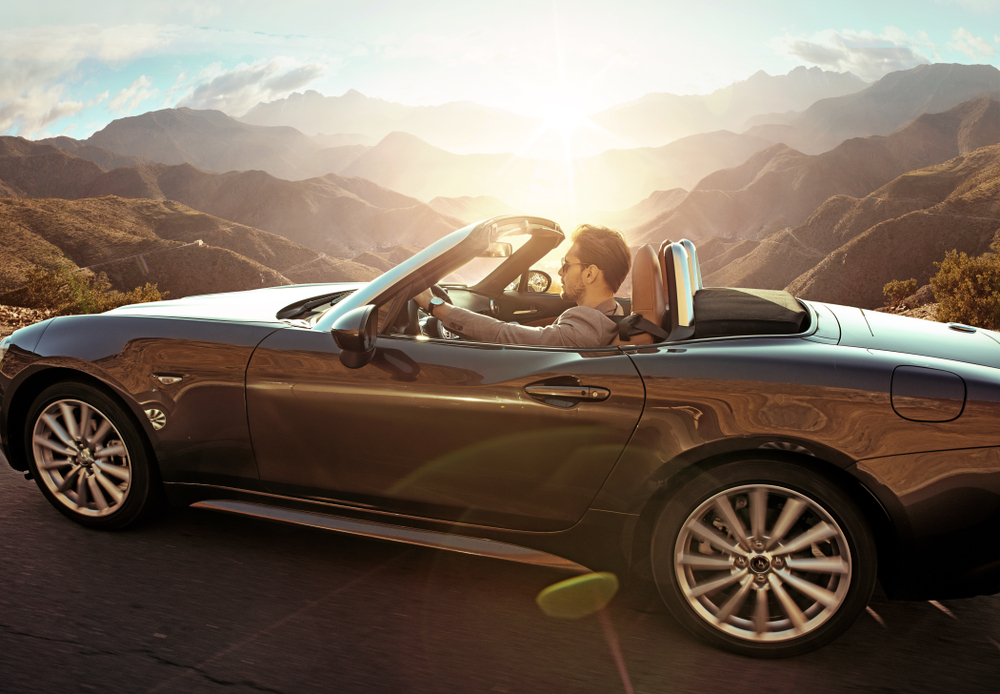
While convertibles may weigh slightly more due to reinforcement and roof mechanisms, advances in automotive technology have mitigated the impact on performance. Many convertibles are equipped with powerful engines and sophisticated suspension systems that ensure excellent performance.
This article originally appeared in MyCarMakesNoise.
More from MyCarMakesNoise
13 Worst Electric Cars Ever Produced

Electric vehicles (EVs) represent a promising shift towards sustainability in the automotive industry, driven by the urgent need to reduce carbon emissions. As manufacturers race to innovate and capture the market, this surge in production has inevitably led to a range of outcomes. Read More.
13 Frequent Motorcycle Maintenance Mistakes to Avoid

Keeping your motorcycle in prime condition is not just about enhancing its performance but also about ensuring your safety on the road. Regular maintenance is crucial, yet many riders, whether new or experienced, often fall into common traps that can lead to unnecessary wear and tear or even more serious mechanical failures. Read More.
10 Vintage Trains Still in Operation

Step aboard the timeless journey of vintage trains that still capture the heart of railway romance and adventure. Across the globe, these moving museums preserve the golden age of rail travel, offering more than just a ride – they serve as a portal to the past, allowing passengers to experience the luxury, charm, and history of classic locomotion. Read More.

